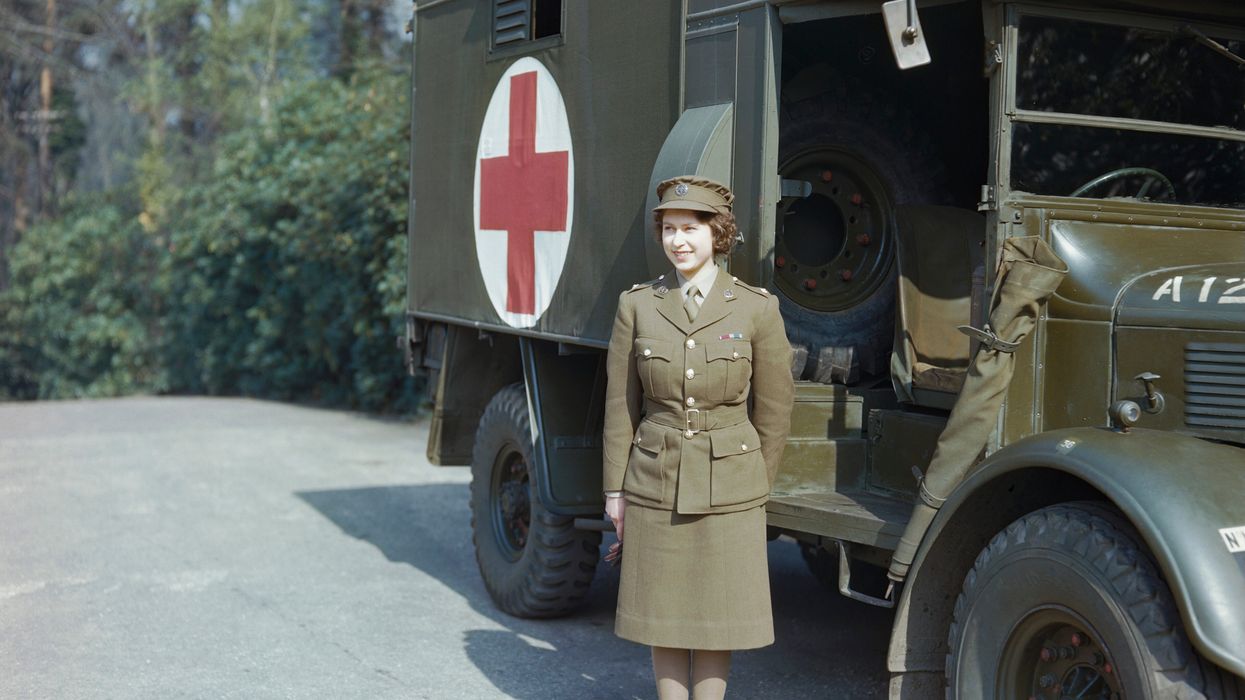Only a handful of people have been to the moon and Neil Armstrong stands tall among them as the first person to do so. Hearing him describe the experience and seeing the Earth and space from the moon is surreal. In a video that has recently resurfaced online, Armstrong passionately describes what space, the Earth, and the sun look like from the moon in an interview with BBC. The brief clip garnered over 5 million views.
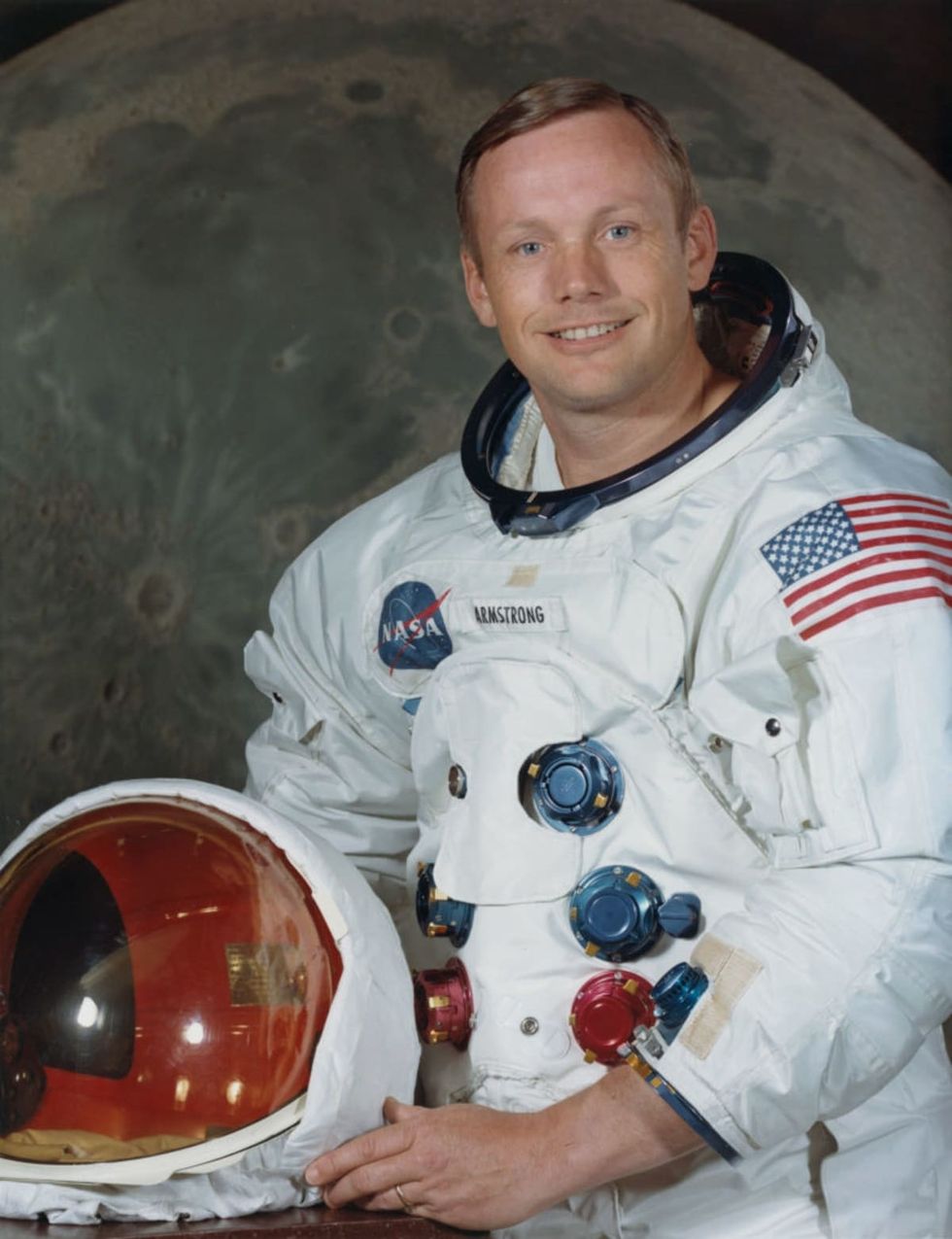
When the interviewer asks him to describe the view from space, he replies, “The sky is deep black when viewed from the moon as when viewed from cislunar space, the space between the Earth and the moon.” He adds that he could only view Earth and the sun from the moon. Armstrong said he had heard other people claim that they could see other planets from the moon, but he admits he couldn't see any of them. “The Earth is quite beautiful from space. It looks quite small and remote but very blue and covered with white lines and clouds,” Armstrong said. When quizzed on the sun, he replied, “The glare from the sun on the helmet visor was too difficult to pick up the corona. The only time we could see the corona was when we were flying from the moon's shadow.”
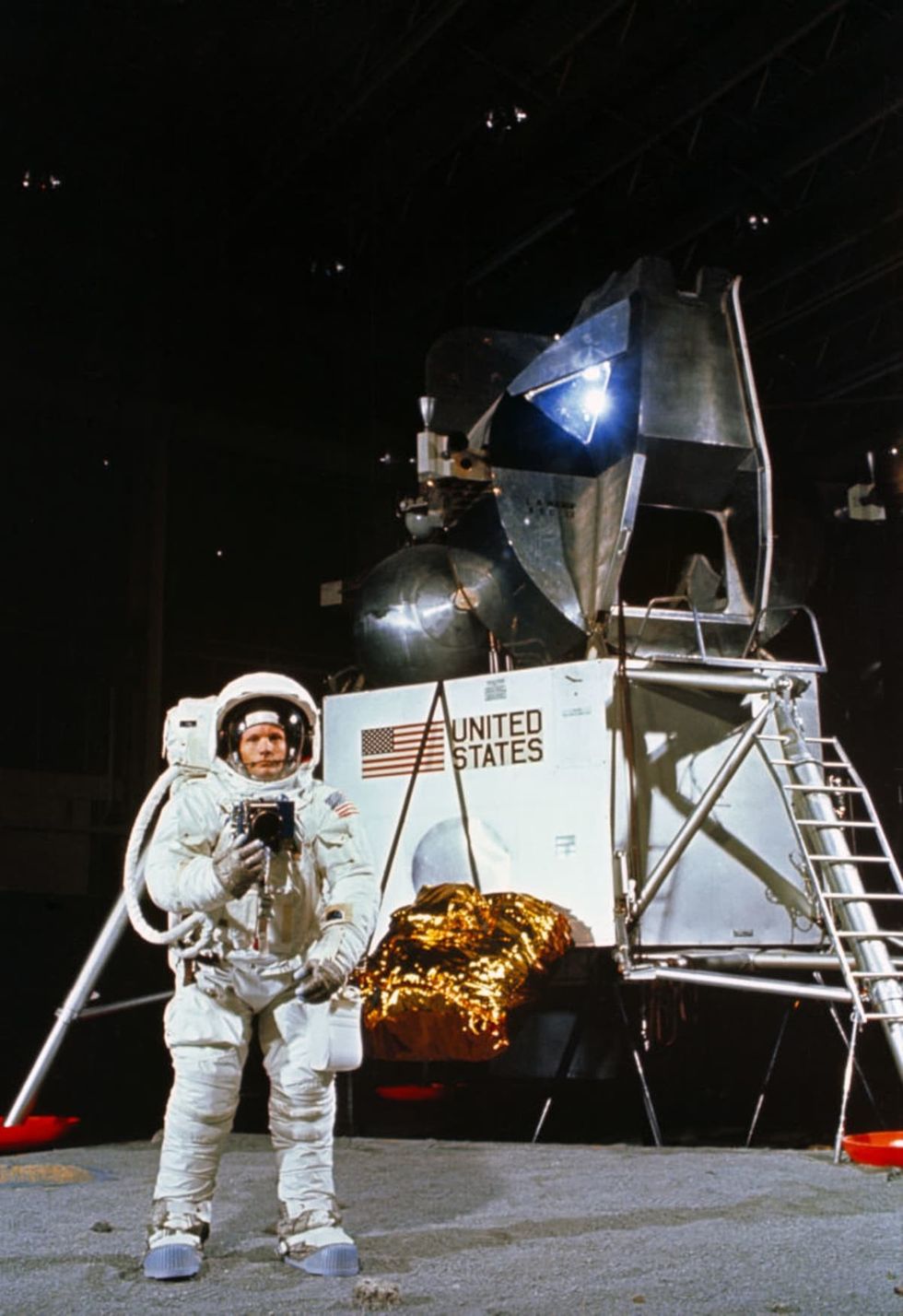
The only time they could see the corona was during the eclipse of the sun. That happened when the team was flying through the moon's shadow, and at that time, the team could observe it. Neil Armstrong became massively popular after the Apollo 11 mission in 1969. He also flew on NASA's Gemini 8 mission in 1966. Armstrong retired from NASA in 1971 but stayed active in the aerospace community. The astronaut and engineer is known to be humble and speak less about his achievements. "I guess we all like to be recognized not for one piece of firework, but for the ledger of our daily work," Armstrong said in an interview with CBS's "60 Minutes" program in 2005, he wanted people to focus on the team effort that took them to the moon over his individual achievement.
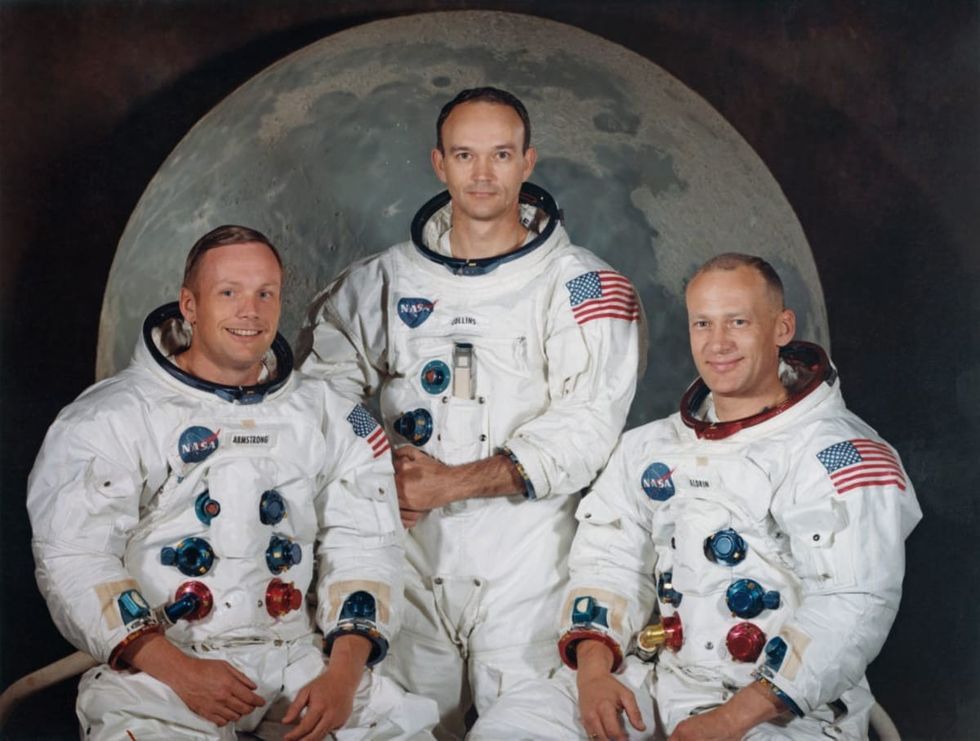
When the mission first landed on the moon, the team got out of their lander even when their schedule called for them to sleep before the first moonwalk as per Space.com. Everyone felt that they wouldn't be able to sleep. This was also when Armstrong famously said, "That's one small step for a man, one giant leap for mankind." Armstrong and Buzz Aldrin together explored the surface of the moon through a walk that lasted for 2 hours and 36 minutes. They also collected about 48.5 pounds of material from the moon including 50 moon rocks. The moonwalk changed the course of the history of space exploration in so many ways.
Neil Armstrong passed away at the age of 82 in 2012. Former President Barack Obama paid an emotional tribute to the astronaut. "Neil was among the greatest of American heroes — not just of his time, but of all time," said Obama. "When he and his fellow crew members lifted off aboard Apollo 11 in 1969, they carried with them the aspirations of an entire nation. They set out to show the world that the American spirit can see beyond what seems unimaginable — that with enough drive and ingenuity, anything is possible."
Editor's note: This article was originally published on March 14, 2024. It has since been updated.





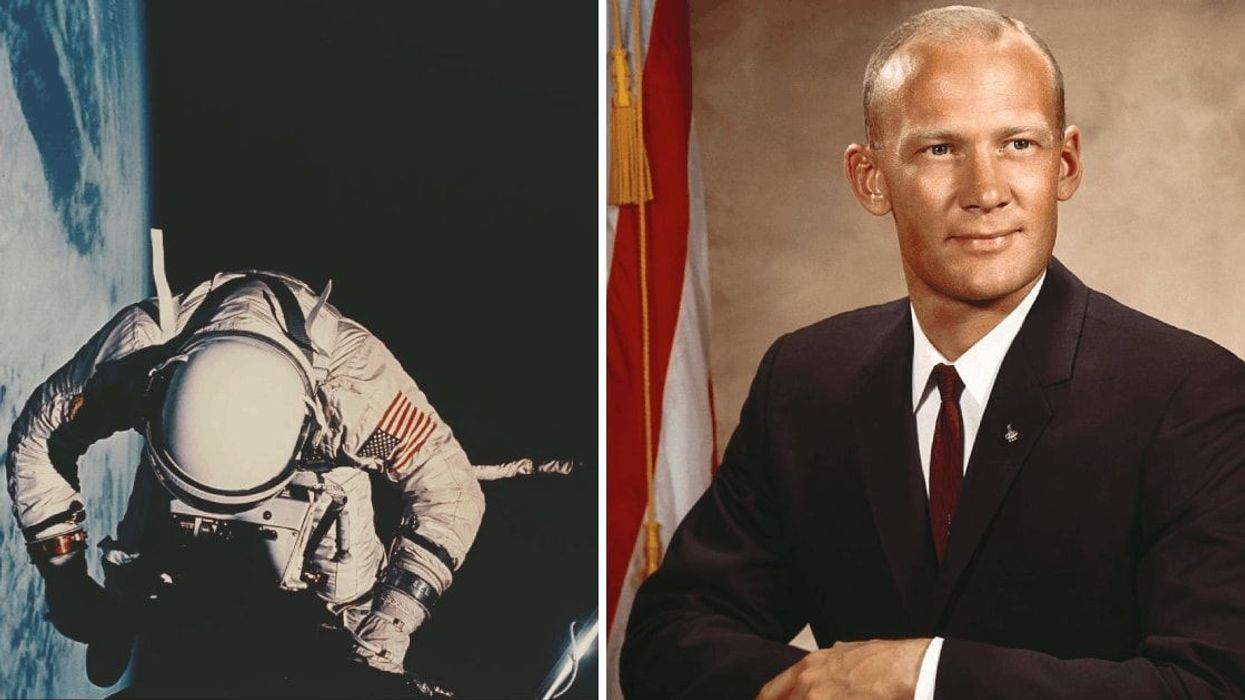











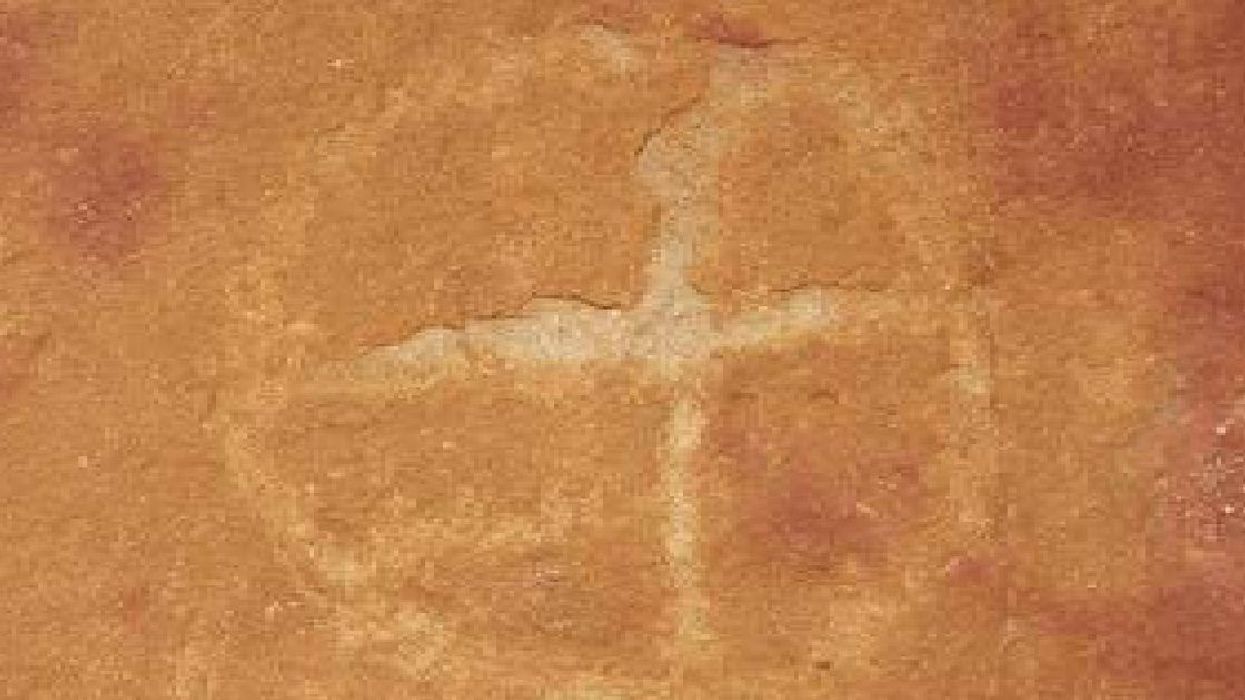
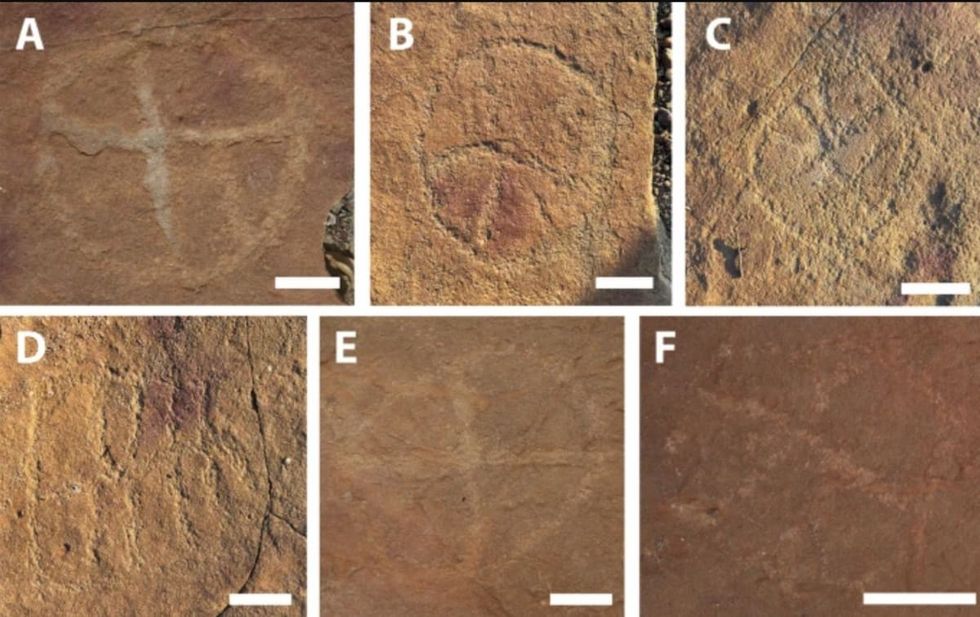 Image frmo Scientific Reports of ancient artwork. Image Source:
Image frmo Scientific Reports of ancient artwork. Image Source: 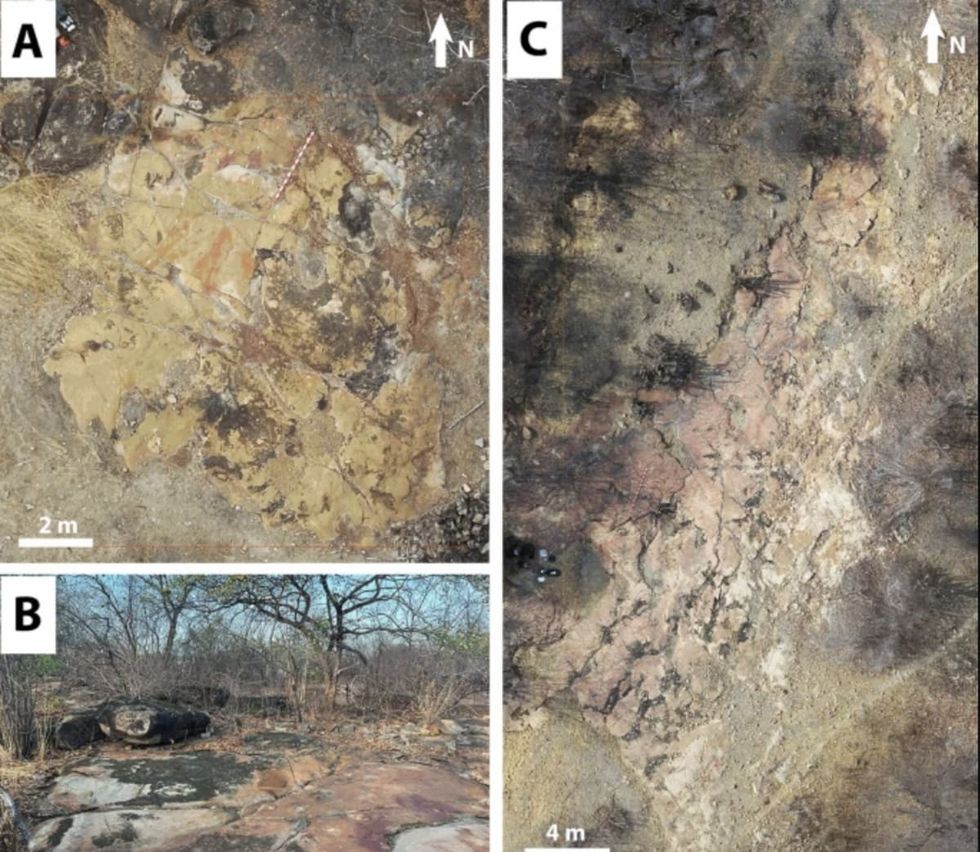 Image frmo Scientific Reports of ancient artwork.Image Source:
Image frmo Scientific Reports of ancient artwork.Image Source: 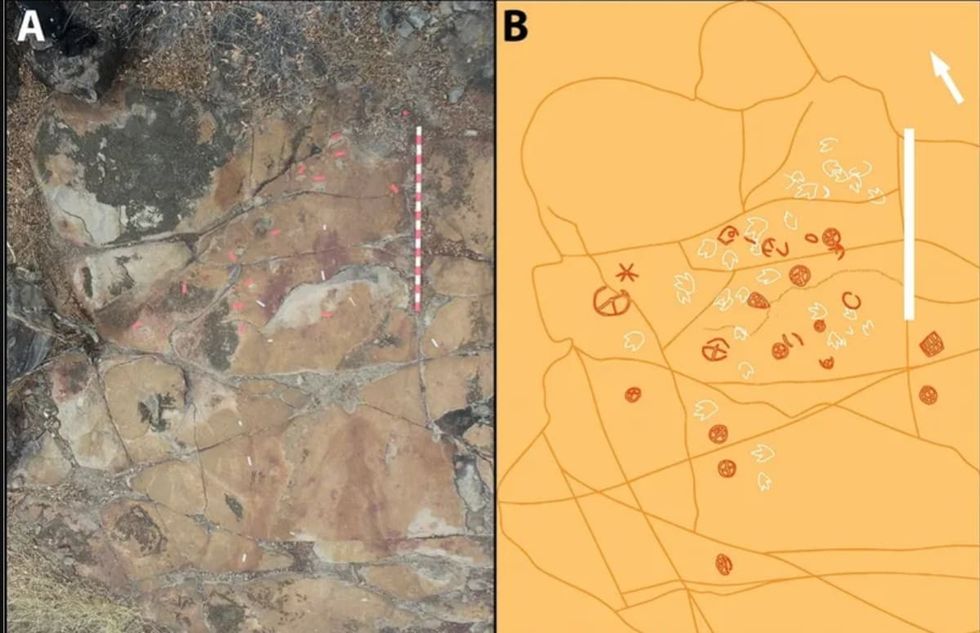 Image frmo Scientific Reports of ancient artwork.Image Source:
Image frmo Scientific Reports of ancient artwork.Image Source: 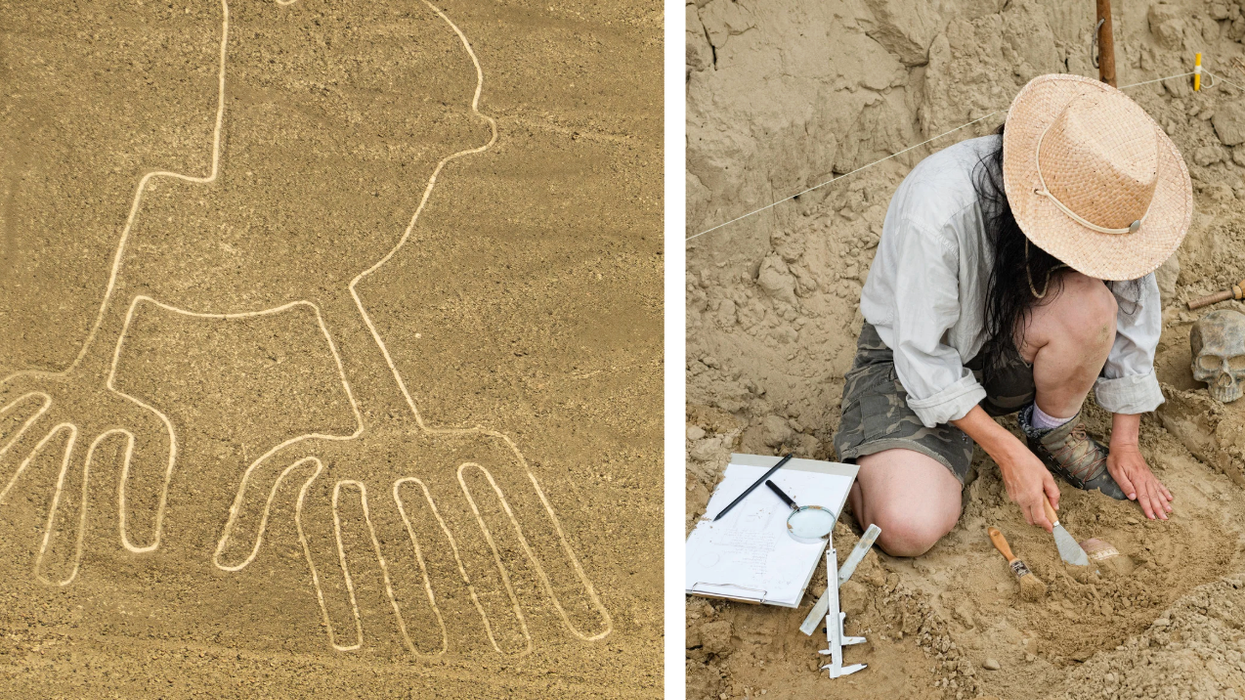

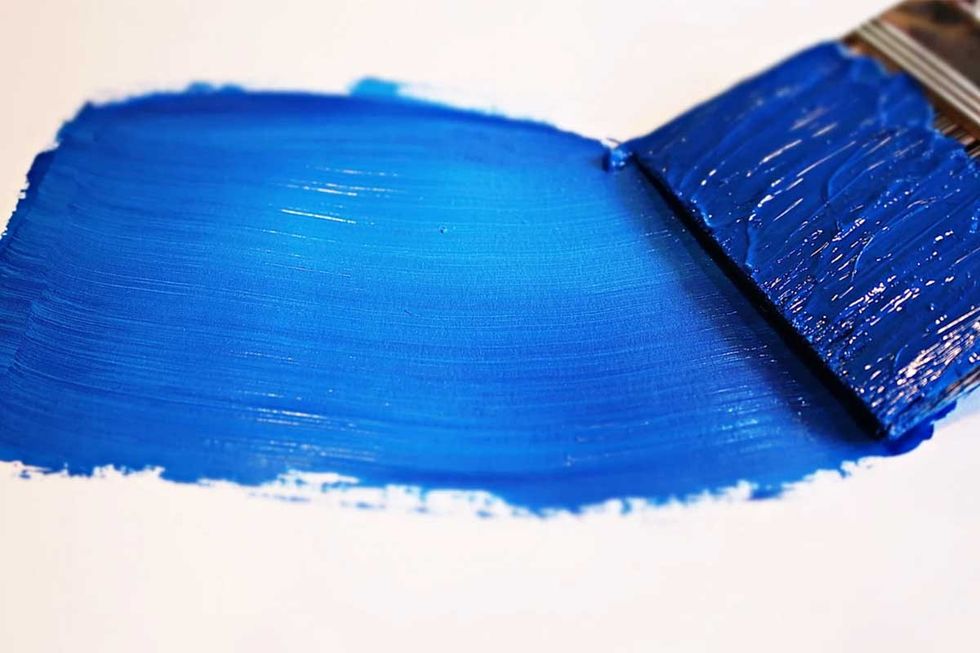 It's difficult to imagine seeing a color and not having the word for it. Canva
It's difficult to imagine seeing a color and not having the word for it. Canva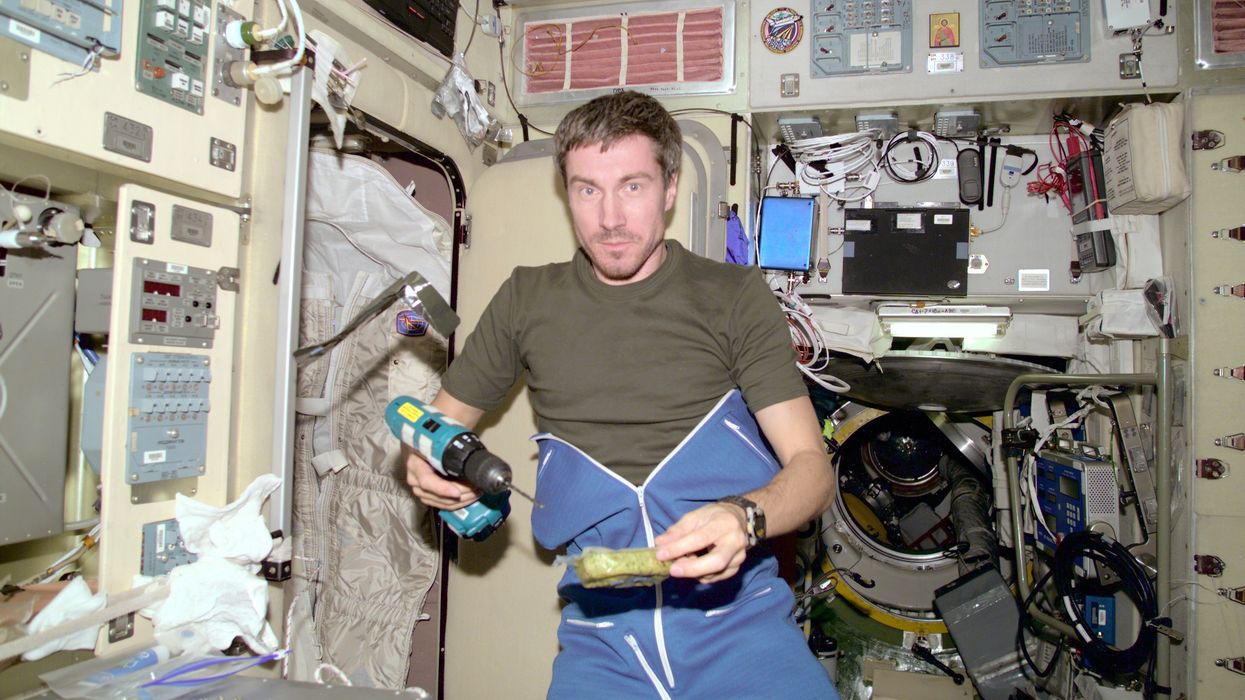
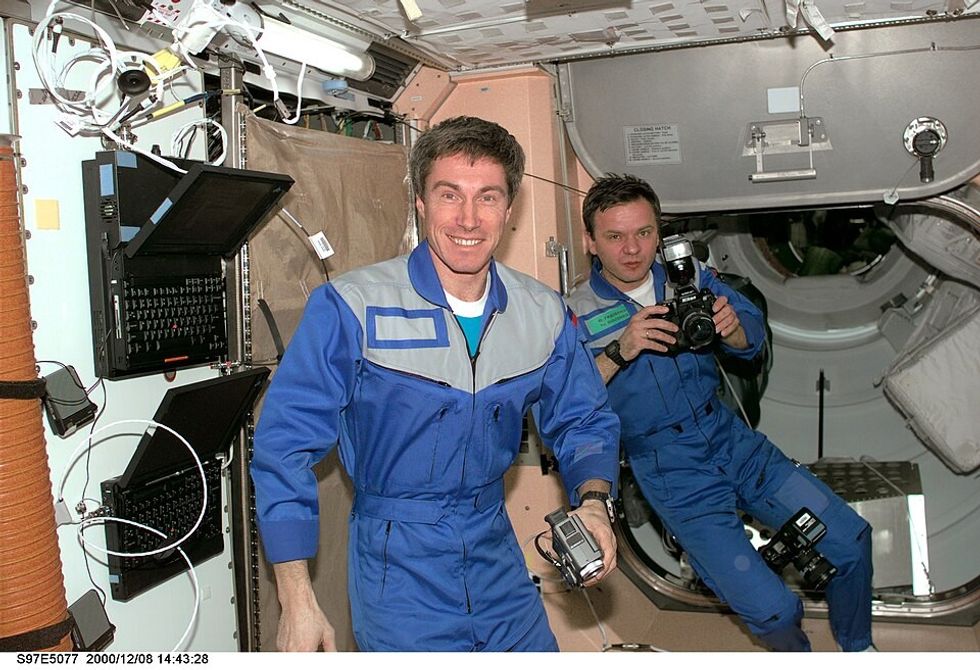 Sergei Krikalev in space.
Sergei Krikalev in space. 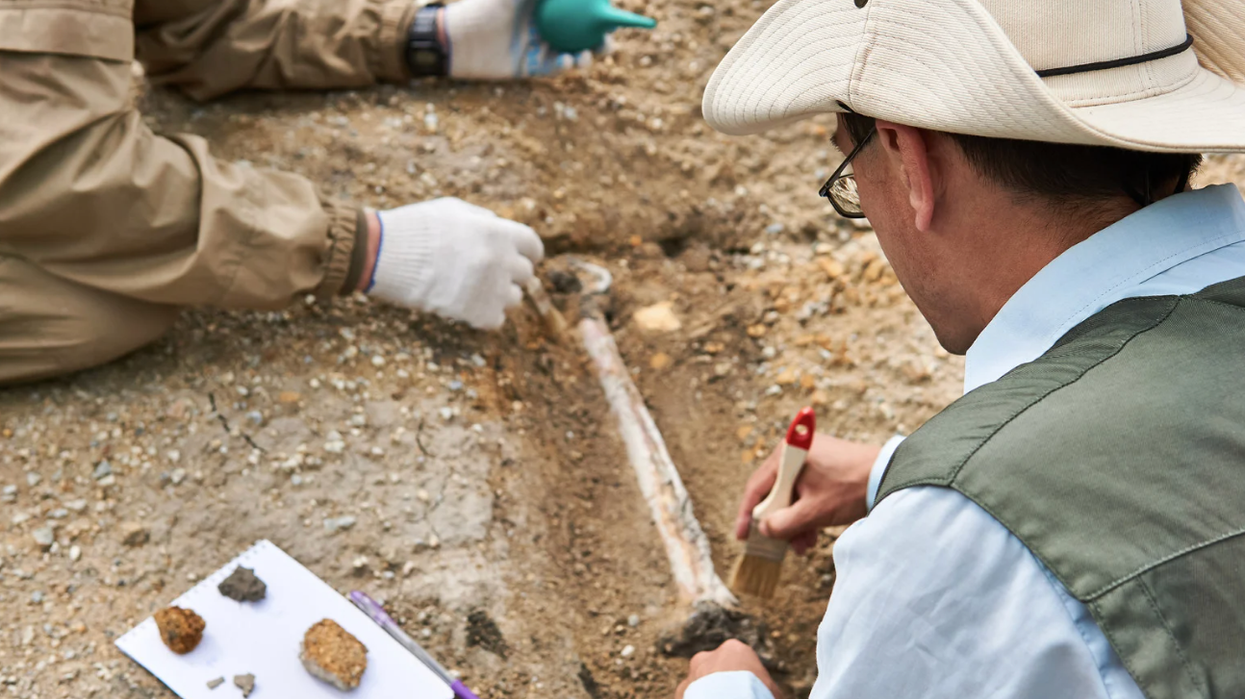

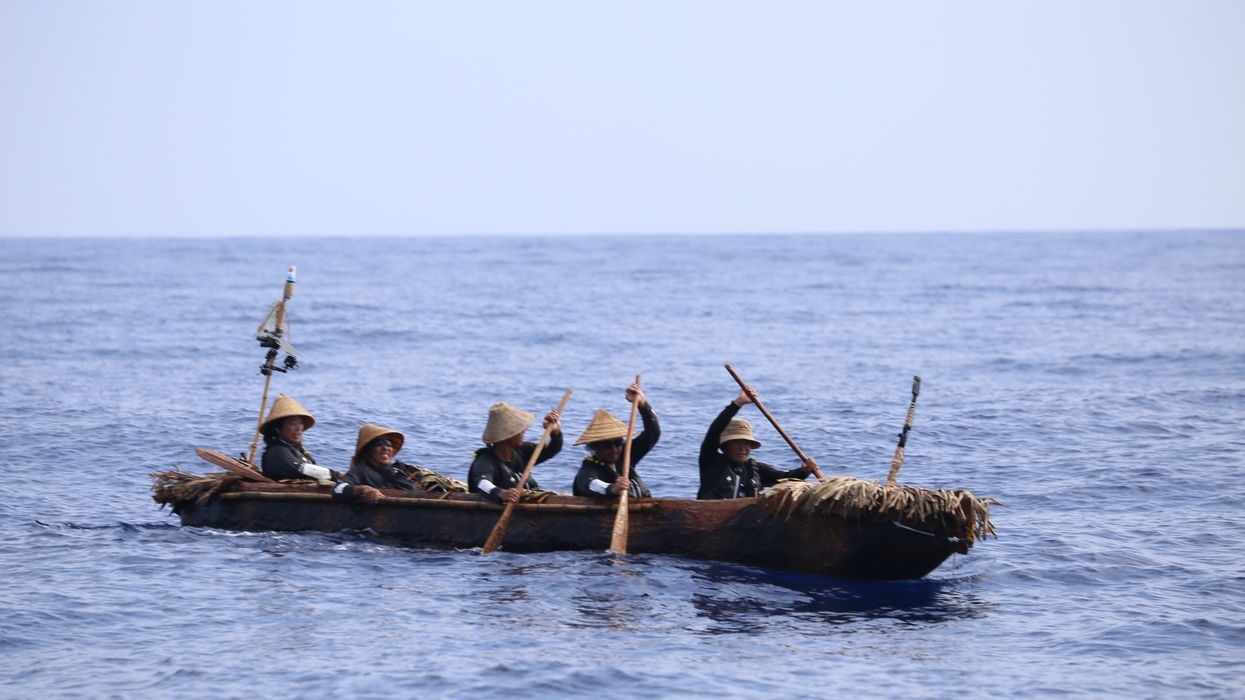
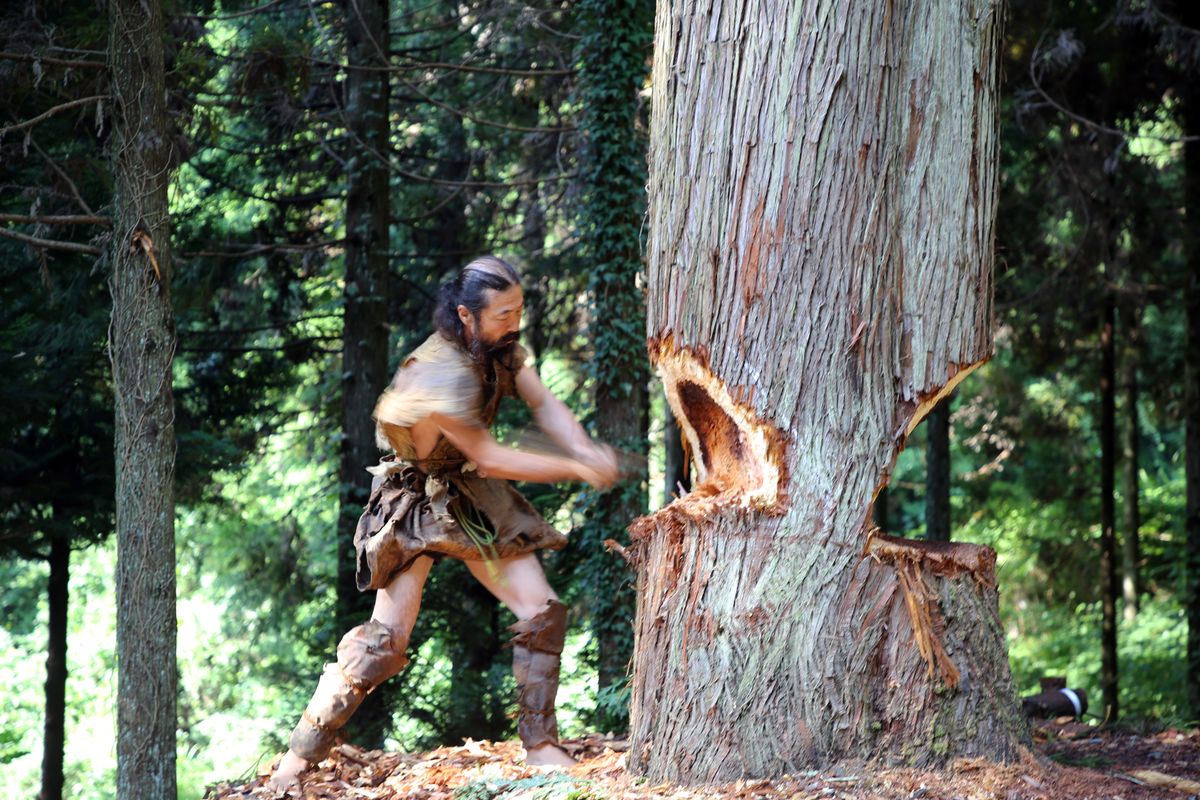 The team also crafted their canoe using ancient methods and Stone Age-style tools. National Museum of Nature and Science, Tokyo
The team also crafted their canoe using ancient methods and Stone Age-style tools. National Museum of Nature and Science, Tokyo The cedar dugout canoe crafted by the scientist team. National Museum of Nature and Science, Tokyo
The cedar dugout canoe crafted by the scientist team. National Museum of Nature and Science, Tokyo